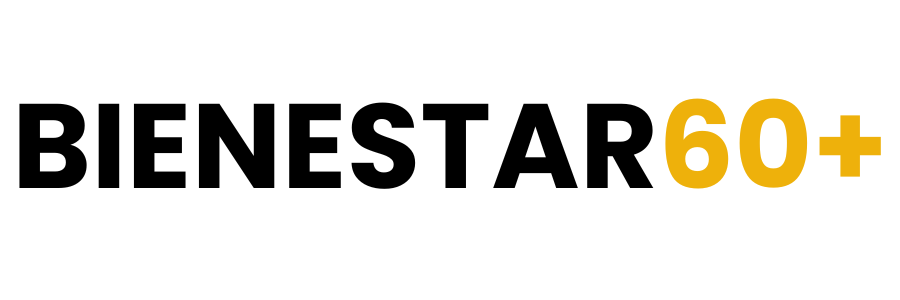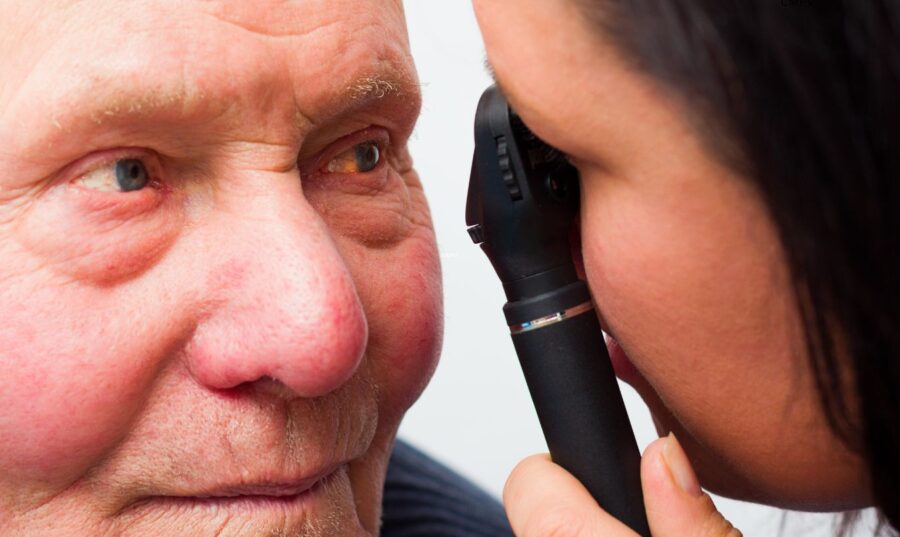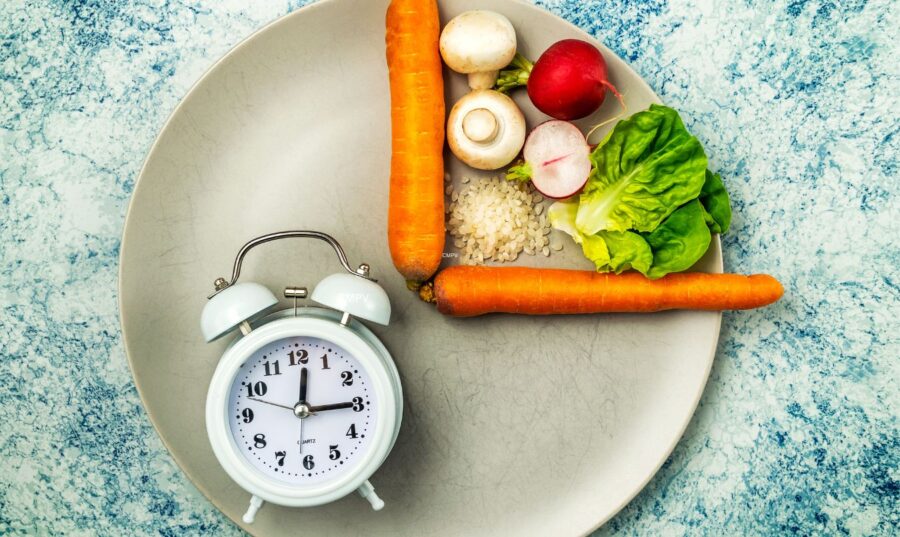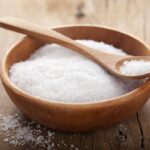|
Getting your Trinity Audio player ready...
|
How many times do you reuse fats when frying? This common practice can help you save time and even money, however, it is very harmful to your health. The reuse or reheating of oil, butter or lard undergoes a series of chemical changes, producing oxidized compounds (toxins) that affect our health in the short and long term. These compounds react with our proteins, enzymes and hormones leading to serious health problems.
Some of these toxins (such as acrolein, acrylamide and other aldehydes) are responsible for color change, bad taste, smell of reused fat and negative effects on human health. One of the aldehydes formed when these fats are reheated is 4-hydroxy-2-nonenal (4-HNE). This chemical plays a fundamental role in metabolic syndrome, diabetes, cardiovascular, neurological, immunological diseases and in several types of cancer. The association of 4-HNE in these health conditions is the result of its ability to cause inflammation.
These oxidized compounds are created regardless of the quality of the oil, butter or lard. They occur at temperatures between 212º F (100º C) and 356º F (180º C). Its production accelerates when exceeding the 356º F. It must be taken into account that exceeding this temperature is common when frying in a pan and without heat control. Therefore, the oil or butter we use must be discarded.
The harmful effects of reusing oil, butter or lard are the following:
- Increases fatty acid content trans. The fats trans They are worse than saturated animal fats (bacon, bacon) once absorbed into the body. While saturated fats increase the concentration of LDL ("bad" cholesterol) in the blood, fatty acids trans They behave like a double-edged sword. On the one hand, they increase LDL in the body and on the other hand they also decrease the amount of HDL (“good” cholesterol). The fats trans They are associated with an increased risk of cardiovascular disease, stroke, chest pain, Parkinson's disease, Alzheimer's disease, Huntington's disease, various liver disorders, and cancer.
- Increases the presence of carcinogenic substances. Research indicates that reusing fats for frying, particularly vegetable oils such as sunflower and corn oil, raise aldehydes. These toxins increase the risks of cancer, heart disease and neurodegenerative changes such as Alzheimer's, Parkinson's and dementia. Aldehydes increase free radicals in the body that can be carcinogenic and cause atherosclerosis, which can lead to an increase in "bad" cholesterol levels and block arteries.
- Increases inflammation in the body. Inflammation is the main cause of many diseases such as those already mentioned. High inflammation in the body can compromise the immune system and make you prone to infections or prolong the recovery process by making you sick.
- Increases stomach acidity since fats stimulate the stomach to produce more acid. I also know develops 'irritable throat' due to inhalation of the toxic compounds that are produced.
- Reduces fat efficiency. Due to their degeneration, fats lose their humectant properties, which prevent the food from dehydrating while cooking. High temperatures cause water evaporation, transferring it from the food to the surrounding fat. The final product will be a food of inferior quality and will be noticeable in its dry texture, smell of reused fat and bad taste (rancid).
- Decreases the nutritional value of vegetable oil. Corn, soybean and sunflower oils are rich in phytosterols and extra virgin olive oil is rich in polyphenols. Phytosterols prevent LDL ('bad') cholesterol found in intestinal cells from passing into the blood, while polyphenols have vasodilatory effects, reducing the oxidation of LDL cholesterol and helping to prevent cognitive decline and dementia. Both natural compounds of plant origin decompose at high temperatures, losing their nutritional value in the process.










